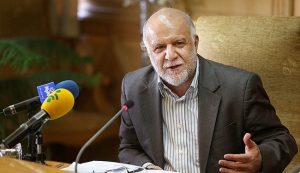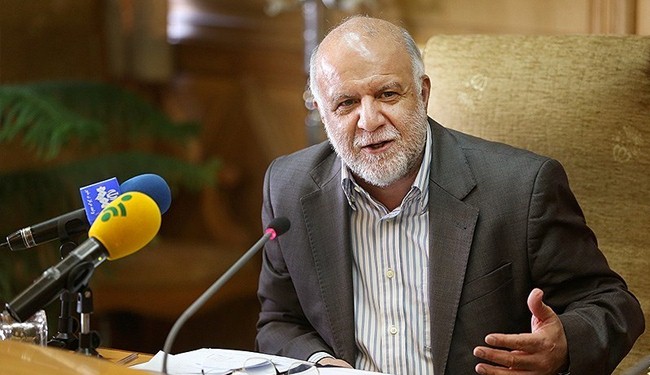 “The oil market is oversupplied now but there are expectations that there will be balance between demand and supply in the market” Iranian oil minister Bijan Namdar Zanganeh told state TV amid reports of OPEC members increasing their total output by more than 1million barrel per day (bpd) between June and July based on shipping data and information from industry sources. Iran is working towards reaching its post-sanction production levels of 4million bpd. Since it reached a nuclear deal agreement in July 2015 with the so-called P5+1, production has now reached 3.5million bpd from the 2.8million bpd since the end of last year.
“The oil market is oversupplied now but there are expectations that there will be balance between demand and supply in the market” Iranian oil minister Bijan Namdar Zanganeh told state TV amid reports of OPEC members increasing their total output by more than 1million barrel per day (bpd) between June and July based on shipping data and information from industry sources. Iran is working towards reaching its post-sanction production levels of 4million bpd. Since it reached a nuclear deal agreement in July 2015 with the so-called P5+1, production has now reached 3.5million bpd from the 2.8million bpd since the end of last year.
Tehran is expected to approve a new model of oil contracts this week after working on it for the past two years. Under the new model, “our priorities will be jointly-owned oil and gas fields as well as those in which we are after improved oil recovery,” Zanganeh stated. It is expected to attract around $50 billion worth of investment per annum as major European oil companies have already shown interest.
Most of Iran’s oil exports go to Asian countries and Iran could be forced to review its pricing after Saudi Arabia’s Aramco, the world’s largest oil exporter, announced at the beginning of the week that it will be selling barrels of its Arab Light by a $1.10 below Asia’s regional benchmark.
John Kilduff, partner at Again Capital Llc in New York, said the decision shows that “the market share battle between them (Saudi) and Iran is back on in a big way” as he remains optimistic that “this is a throw down challenge that… Iranians will match.”
Oil prices have been slowly recovering as they fluctuate between $50 and $45 per barrel. Yet, the battle for market shares in Asia could lead to another slump of prices as the demand for crude is stalling with refineries in Singapore, China and South Korea cutting operating rates amid a slump in margins and rising supply from state-owned giants, which can draw on large crude inventories that have built up over the past two years of low prices.
